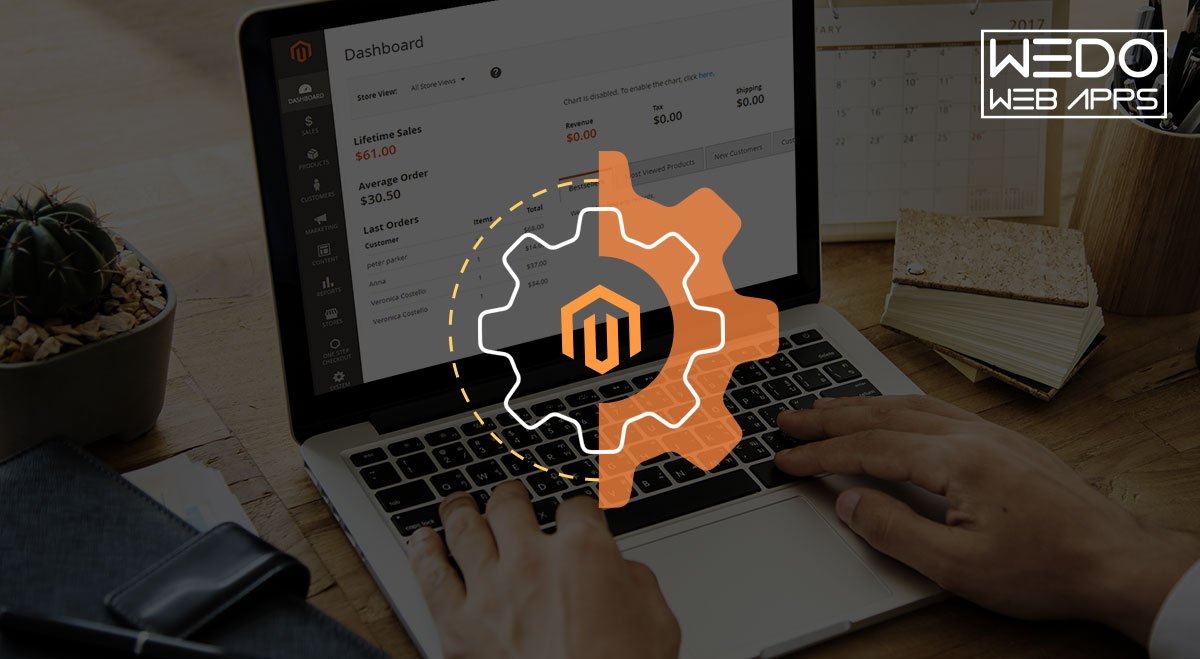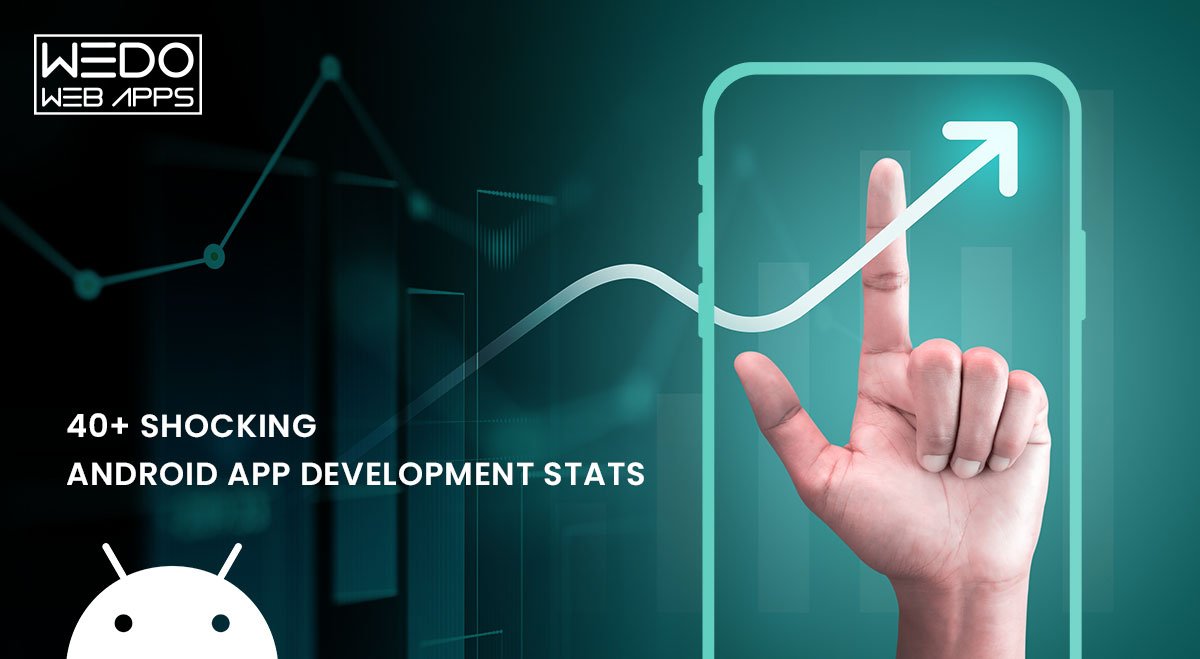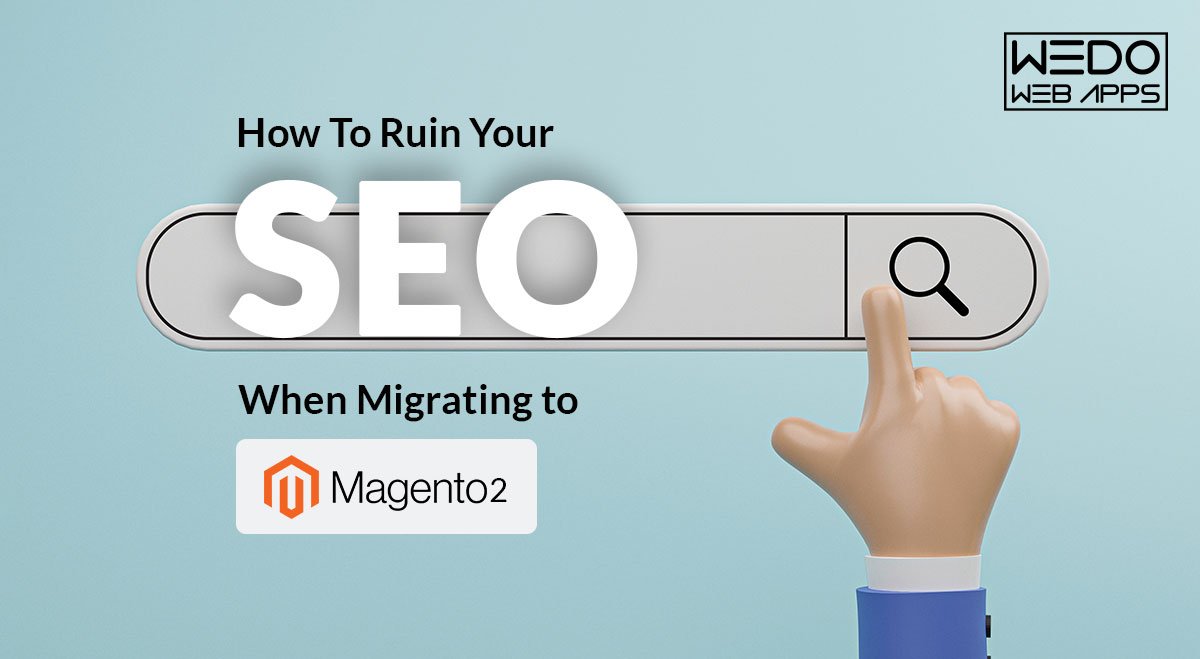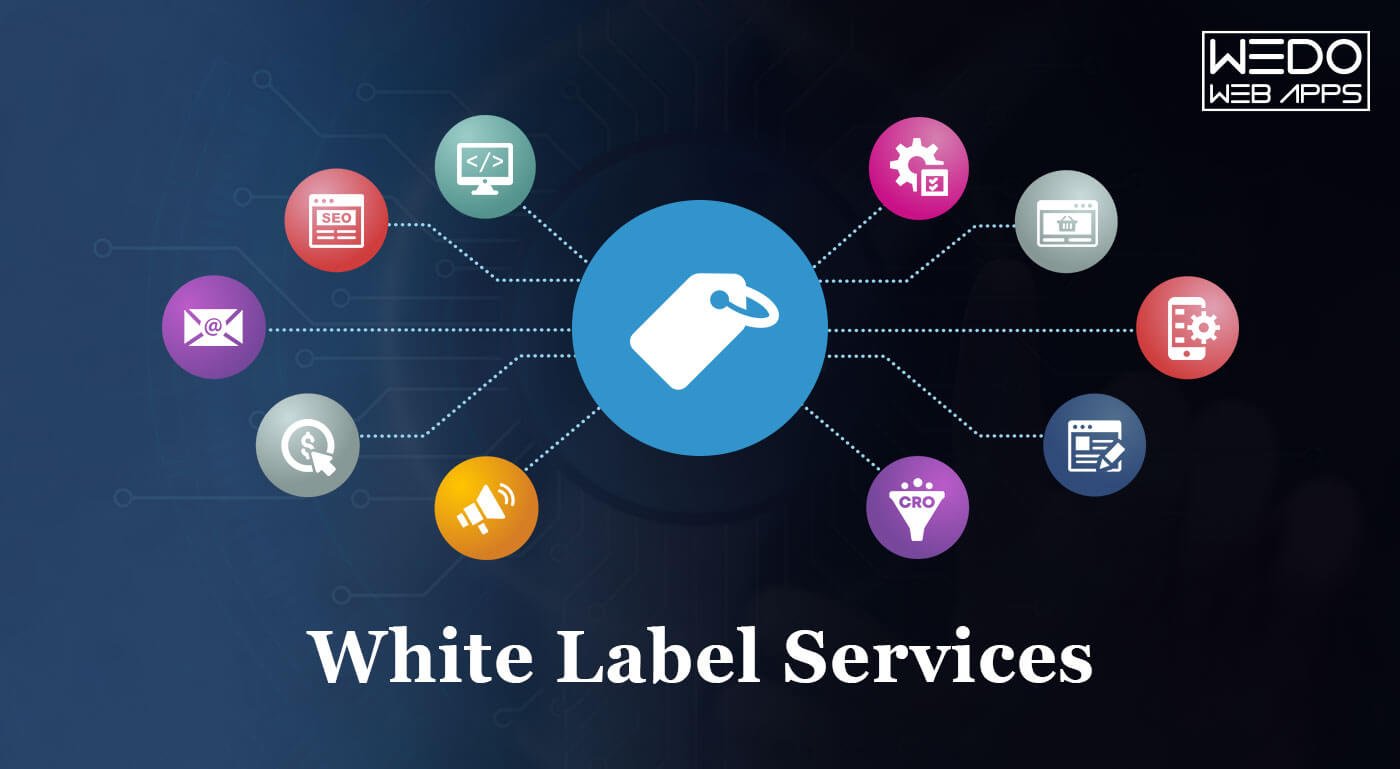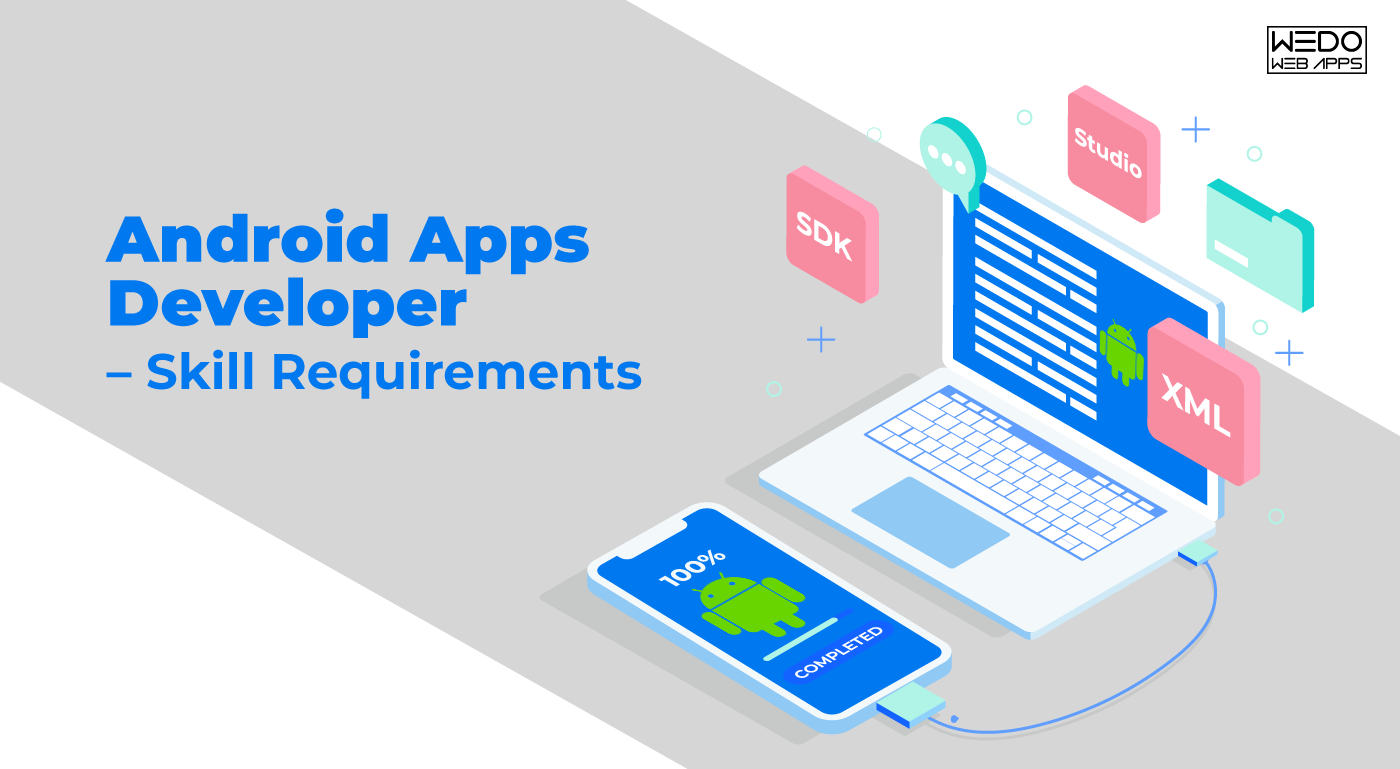Key Takeaways:
- WeDoWebApps LLC offers comprehensive White Label design services, enabling businesses to outsource web and app development, SEO, and other digital marketing needs under their brand.
- White Label services allow businesses to expand their offerings without additional in-house resources, ensuring quality and efficiency.
- The benefits include control over branding, cost and time efficiency, expert support, and scalability, catering to global clients across various industries.
- WeDoWebApps LLC specializes in WordPress, Shopify, BigCommerce, WooCommerce development, SEO, and copywriting services, among others.
What is a White Label Service and How Can It Benefit Your Business?
White Label services involve outsourcing expert services under your brand instead of hiring in-house staff. This approach offers businesses a way to expand their service offerings and reach a broader audience without the need for additional staff or resources. Companies like WeDoWebApps LLC specialize in providing these services, ensuring high-quality outcomes for client campaigns, including web design, development, and digital marketing.
Introduction:
Explore how WeDoWebApps LLC’s One-Stop White Label Design Services can elevate your business by offering expert outsourcing solutions for web and app development, SEO, and digital marketing under your brand name.
Article Simplification:
WeDoWebApps LLC has been a pioneer in providing White Label design services since 2014, helping businesses globally to thrive by outsourcing their digital marketing and web development needs. By partnering with WeDoWebApps LLC, companies can offer high-quality services like web design and development, SEO, email marketing, and more under their own brand. This not only helps businesses expand their service offerings without the overhead of additional staff but also ensures that the services are of the highest quality, thanks to the expertise of WeDoWebApps LLC.
The company specializes in various White Label services, including WordPress, Shopify, BigCommerce, WooCommerce development, SEO, copywriting, and more, making it a versatile partner for agencies looking to scale their operations. With a focus on responsiveness, optimization, and attractive design, WeDoWebApps LLC supports businesses in keeping their websites up-to-date with the latest technologies and trends, ensuring they remain competitive in the digital marketplace.
Choosing WeDoWebApps LLC for White Label services offers numerous advantages, such as brand control, quick deployment, cost and time efficiency, focus on core competencies, and managing client expectations effectively. The company’s global reach, budget-friendly solutions, and commitment to quality and transparency make it an ideal partner for businesses looking to scale and succeed in the digital age.
Most of us have heard of White Labeling at some point.
Mostly, it’s a term used in product design when manufacturers label the product as per the client’s requirement instead of branding it as their own.
Similar things happen in White Label design services. Only here is the product replaced by service.
As a White Label design service, WeDoWebApps LLC has been helping clients around the globe since our inception in 2014.
What is White Label Service?
White Label services is where you outsource customer needs to an expert service provider instead of hiring in-house staff and doing it yourself. In other words, White Label service simply means offering services under your brand that another company offers.
As a type of outsourcing, White Label partnership involves a company hiring another company to design and execute its client’s marketing campaigns. All campaign products – including website design, social media posts, and email newsletters – get branded with the client’s name and logo.
You must ask, why look for an experienced White Label service provider?
A White Label marketing strategy is an excellent way for businesses to reach a broader audience without investing in the additional staff like hiring an in-house team. As a result, companies can be confident that the campaigns will be of the highest quality since they are designed and implemented by experts.
The Most Widely Used White Label Services For Agencies
The following are some of the most commonly sought-after White Label services by agencies:
- Web Design & Development
- Web App Development
- E-Commerce Web Design, Development, And Management
- Search Engine Optimisation (SEO)
- Email Marketing
- Social Media Marketing & Management
- Pay-Per-Click Management
- Content Development
- Conversion Rate Optimisation (CRO)
Why Do Companies Use White Label Solutions?
As an analogy, White Labeling is starting your brand with a blank piece of paper from a White Label company. With the companies that White Label Solution, brands can launch products without reinventing the wheel, going through trials and errors, and wasting valuable time and money.
Here are some reasons why many agencies use White Label Solutions instead of starting from scratch to develop a new solution or platform.
Read also: Impressive Web Design: 6 Elements of a Result Oriented Website
Reasons Companies Hire White Label Design Agency
#1. Your Control It All
It allows you to build your freshly baked brand using ready-made software, which is the first and most solid advantage.
As a business owner, White Label services allows you to build your brand, launch your capitalization service model, and conquer the digital advertising world. Furthermore, by rebranding a White Label service as your own, you are reinforcing your brand image and reputation at the same time.
#2. Deployment is easy and quick
A White Label solution makes branding simple because it is ready-made and fully tailored. Moreover, such a solution has exceptional customization capabilities. As a result, adverts can provide solutions to customers faster when they partner with a vendor.
The White Label solution designers and marketers of WeDoWebApps LLC will always help you fulfill your ideas when integrating particular functions into the programmatic platform.
#3. The Process Is Time And Cost-Efficient:
You may need to train or recruit new employees if you offer your own ices from scratch. Spending time designing, prototyping, and resolving bugs with A/B testing, positioning, and marketing is essential.
We offer you the opportunity to save on R&D costs by using already-polished products.
#4. You Can Focus On What You Do Best
Brands often need help to achieve sustainable results when forced outside their competencies—experience matters in design and development more than enthusiasm.
We offer White Label Solutions that don’t have to be retouched or finalized, as they come with a complete guarantee they’ll work.
It’s a ready-to-use platform that can generate income right away. When something goes wrong, your vendor is fully responsible for rectifying it.
#5. Manage Client’s Expectations
It has been proven that advertisers can attract loyal customers and build strong relationships with consumers using White Label Solutions. Your customers want straightforward ways to satisfy their needs, which is why you need to understand what they need. The customers won’t wait for you to develop these methods if they can find them elsewhere.
By choosing prepackaged, immediate implementation options, the White Label Solution helps you avoid the ‘lost customers pit.’
Why Choose WeDoWebApps LLC For White Label Services?
- 700+ project completed
- Protected by NDA. Your data Confidentiality matters!
- 360-degree commitment to every project we undertake
- Budget-friendly
- An agile approach to meet the demands of fast-paced agencies.
- 100% Transparency
- Scalability at its best. Scale operation as your agency grows.
- Serving Global Clients In More Than three continents!
So how Do WeDoWebApps LLC Provide White Label Services?
White Label Services are one of WeDoWebApps LLC core competencies, and we have been doing this since our inception in 2014.
The most important thing for a business is having an up-to-date website with the latest technologies and trends. Keeping up with industry trends will help them stay relevant and attract new clients.
White Label web services are not just about having your brand on your website but also about having a fully customized service to suit your needs and requirements. As a result, White Label web design Wedowebapps LLC services are a perfect fit for any business that wants to focus on its core competencies instead of establishing back-end capabilities.
The following White Label services WeDoWebApps LLC provide to the clients, and they get to own and control their website, domain, hosting, and content.
#1. White Label Website Design
Having a website project that requires extensive designing makes meeting delivery deadlines challenging. To help you combat such situations successfully, our White Label Website Design comes to the rescue.
When it comes to web designing, we ensure three things – responsive, optimized, and attractive designs. So yes, we are confident that we deserve to be your White Label web design partner.
With the help of WordPress plugin, we help you handle the Elementor for Web design. This introduces you to customizable platforms that let you experience seamless functionality and layouts allowing you to publish content of any kind.
We help you with White Label Website Design Services By Offering:
Custom Label Designs: Our designers create custom designs with your team to let you meet the client’s needs and website goals.
Collaborate With Your Team: Wedowebapps LLC White Label web development and design team collaborates with you to offer user-friendly CMS and UI UX for all the primary shopping cart and CMS platforms such as Shopify, WooCommerce, BigCommerce, and others.
Global Reach: We have offered our White Label Design Services to various agencies in the USA, and that’s why we have earned several badges proving that we are one of the best companies offering Huntsville White Label web design services. Being the top White Label NYC design service company, WeDoWebApps LLC has proven case studies for several niches like eCommerce, retail, healthcare, automobile, and others.
In addition to design services, WeDoWebApps LLC White Label services comprises SEO and PPC services to help you with design and the digital market. From design to search market, you get everything under one roof.
#2. White Label WordPress Development
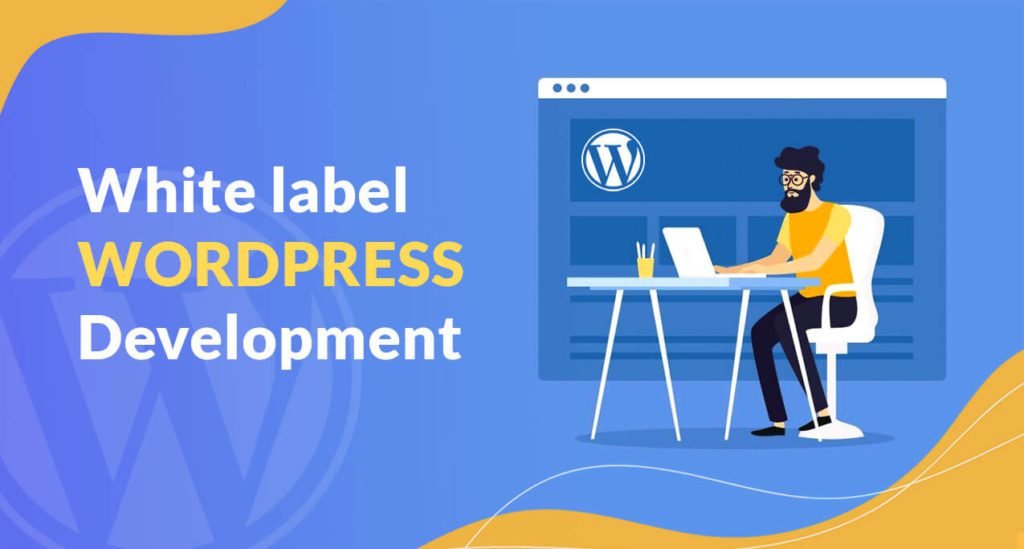
WordPress powers almost one-third of all websites on the internet. However, easy as it may seem, the infinite customization options on WordPress can become a challenge in the blink of an eye. Imagine, the client wants you to add 30 plugins to WordPress site without it affecting the speed or security. Meeting such demands can be challenging.
Partnering with an external WordPress development agency like WeDoWebApps LLC opens up new opportunities and allows you to handle even more complex client projects. Rather than just being a White Label agency, we strive to make you feel like we are another department within your company.
We Help You With White Label WordPress Development Services by:
- We can help with every WordPress requirement including website redesign, theme customization, payment integration, site optimization, page builders, plugin development, creating new sites from scratch, etc.
- Accurate estimation of how time a project would take to complete and what type of problems the project can encounter.
- Complete quality control and bug testing to ensure that the site runs smoothly. We go through a stringent testing process which checks every small detail from site optimization, bug checks, speed, browser experience etc.
#3. White Label Shopify Development

When you decide to find White Label Shopify development services, you need a team member who knows the platform inside out and functions as a member of your in-house development team.
Embrace the digital era and the growing market needs to give your business a different insight. Our Shopify White Label services will help start and grow the business. Being a reputed White Label Las Vegas, we build stores, apps, and themes and ensure that the platform is “Developed by us, delivered by you.”
The platform is entirely cloud-based and hosted, so you won’t have to worry about upgrading or maintaining software or servers. And to add additional functionalities, you can even hire us for exclusive Mailgun White Label service so that we can incorporate email campaigns for your client’s Shopify store.
WEDOWEBAPPS LLC provides proficient and mission-critical Shopify web development services for businesses of all sizes. Adding APIs to Shopify brings your vision and ideas to life. With high-performance stores built on Shopify, you can enjoy the full potential of eCommerce.
We Help You With White Label Shopify Development Services by:
- Offering an extensive team of developers and project managers having complete experience with Shopify development and project management
- Help you engage your audience with an easy-to-use platform.
- Using agile development methods reduces time-to-market.
- Each project is meticulously planned and analyzed in depth.
#4. White Label Bigcommerce Development
Developing e-commerce with BigCommerce will lead to faster business growth and more efficient e-commerce solutions. BigCommerce is a full-featured e-commerce solution that handles everything from product management to theme integration to marketing ideas.
BigCommerce is an effective and resource-rich e-commerce solution for startups and large businesses. To help your clients reach high positions with a full-fledged eCommerce store, we provide a range of efficient and professional BigCommerce services.
We Help You With White Label BigCommerce Development Services by:
- Offering an ever-growing team of BigCommerce experts.
- Our service includes BigCommerce requirements like migration of sites, theme optimization, third party integration, SEO optimization, API integration and development.
- Ensuring Regular Project Reports and On-Time Delivery
- Generating original ideas to keep clients satisfied.
- Experience with version control tools such as SVN, GitHub, and Bitbucket
White Label WooCommerce
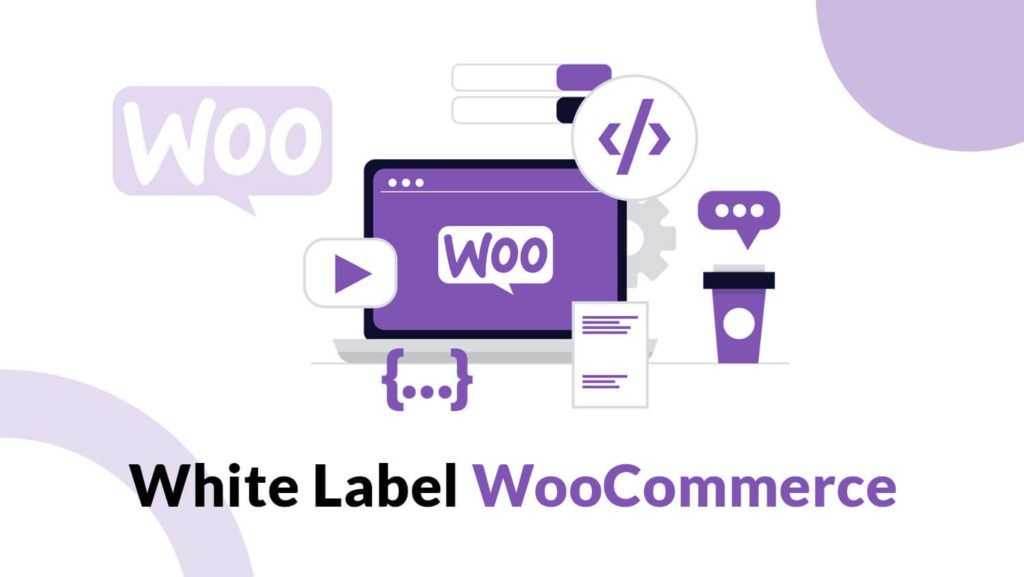
Is your agency falling short of fulfilling customers’ expectations with Woocommerce? WooCommerce, although it looks pretty simple, it isn’t. WeDoWebApps LLC can help you. As an extension of WordPress, it can have serious security issues, which is a big hurdle for an eCommerce store. To handle these needs well, you will need an expert.
WeDoWebApps LLC provides a professional WooCommerce development and design team who can tackle any of your client’s challenges in your place. So you don’t have to worry about your reputation sliding down.
As part of our custom White Label Web Development services, we design and develop multiple eCommerce modules to serve your client’s needs to the fullest extent possible.
With WeDoWebApps LLC as your White Label WooCommerce Partner, you stay assured with
- Easy adaption to WooCommerce and ecommerce trends.
- Theme development and customization, SEO, product page optimization, payment gateways integration, plugin AND API development, migration etc.
- Immediate resolution to all the issues including those related to hosting, updating Woocommerce, monitoring downtimes, maintaining security etc.
- With our expert WooCommerce developers and designers, we are capable of handling large projects while maintaining high standards.
White Label SEO
Managing a digital agency can take time, primarily if you have expertise in one area. For example, most clients want their search engine optimization managed by a company.
When your brand doesn’t have the resources in-house to work on backlinks, technical SEO, and content creation, a White Label SEO service provider can help.
With our SEO services, you won’t have to hire new employees to expand your SEO services team.
To keep up with your competitors, WeDoWebApps LLC offers more significant SEO fulfillment. In addition, you can provide your clients with detailed metrics and monthly reporting on your branding.
With WeDoWebApps LLC As Your White Label SEO Partner, You Get
- Access experts for some SEO purposes including backlinks building, local SEO, international SEO, off page and on-page SEO, keyword research and optimization, Core Web Vitals, etc.
- Comprehensive SEO reports creation including ranking reports, speed reports etc. We report each activity, so you can have a detailed overview.
- Our commitment is to provide consistent results. As a result, every SEO service provided by our team meets the same standards and quality, so that your clients can be satisfied with the results.
White Label Copywriting
Does your client need taglines, social media post content, banner content, and catchy email copies? Well, we understand that the Copywriting department might be overburdened at your marketing agency. Or, you might be an agency that wants to add additional services to your offering. In both cases, our White Label copywriting service may benefit you if you need to outsource your copywriting needs.
A White Label copywriting service is an excellent choice for marketing agencies that want to elevate their clients’ content.
With our outsourced copywriting services, you get professional marketing support. All our work for you and the clients you represent gets handled by state-of-the-art, innovative systems that ensure timely, reliable, and high-quality turnaround.
Read also: Hire Dedicated BigCommerce Developers
- Optimize web-related content for your clients
- Enhance your client’s digital marketing strategies
- Get your clients the benefits of English-native copywriters
- Boost brand awareness through effective PR campaigns
White Label Content Writing Services
It is essential for any business looking to succeed online to create high-quality, engaging content. However, maintaining a website and social media account can be challenging when it comes to producing the right amount of content and variety. Our White Label marketing agency can help you develop a content strategy, write articles, and publish them.
We offer the following services that you can leverage.
- Scrutinizing Market for Content Trends
- Content Analysis of Competitors
- Original and non-plagiarized content
- Creating compelling and customized content
- Developing relevant content strategies
- An effective content marketing strategy
White Label Hosting Service
The ability to host a website effectively depends on the performance of the hosting platform. White-label hosting is a service provided by one company that is re-branded by others to hide the ownership connection. With White Label Web Hosting, you can start your own business or add a revenue stream to your existing one.
The WeDoWebApps LLC team provides:
- White Label support, Free WHM/cPanel, Softaculous installers, A Content Delivery Network
- High Network security to protect from cyberattacks.
- 24/7 support from hosting professionals,
- Free website migration, seamless resource scalability, and White Label support for Reseller Web Hosting.
- Opportunity to scale your site or client’s site when and wherever needed.
Having all the features in place, you’re ready to move your brand and business forward.
Advantages and Disadvantages of White Label Service
Advantages
Both manufacturers and resellers benefit from white labeling in today’s era of specialization.
If a brand without profound experience tries to offer services independently, it will fail. The agency will handle all issues and deliver world-class services when white labeling, ensuring your risk is minimized.
- Best Reward for Investment
Even though doing everything alone can cost a lot of money, investing in a team with experience will be more efficient.
As technology rapidly develops, we increasingly value time as well as money. So rather than doing it yourself, it can be quicker and easier to work with an experienced team.
White Label Partner Services
White labeling is quickly becoming the go to strategy for modern businesses seeking scalability without sacrificing quality or efficiency. This is where WeDoWebApps LLC comes in – as industry leaders in providing all encompassing white label services designed with the specific needs of organizations in mind. With options ranging from website design and development support to tailored team assistance WeDoWebApps LLC offers unparalleled tools for businesses looking to level up.
White Label Websites Services
For customized web solutions that suit your business’s specific needs, look no further than WeDoWebApps LLC and their white label websites. Renowned for their visually stunning designs, seamless user experiences across platforms and devices are guaranteed. By prioritizing engagement strategies online while optimizing for search engines underpinning this approach will provide optimal visibility for your brand’s online presence in competitive markets worldwide!
White Label Team Services
WeDoWebApps LLC has a team of experienced professionals who are dedicated to delivering top-quality services to their clients. Their white label team services include project management, software development, and quality assurance. The team works closely with their clients to ensure that the project is completed on time and within budget.
White Label Web Design Services
WeDoWebApps LLC provides white label web design services that are focused on creating visually appealing websites. Their team uses the latest design trends and techniques to ensure that the website stands out from the competition. They work closely with their clients to understand their business needs and create a website that reflects their brand.
White Label Website Design Services
WeDoWebApps LLC offers white label website design services that are focused on creating a website that is easy to navigate and user-friendly. They use the latest design techniques to ensure that the website is responsive and optimized for all devices. Their team works closely with their clients to understand their business needs and create a website that meets their requirements.
White Label Web Development Services
WeDoWebApps LLC provides white label web development services that are focused on creating web applications that are highly functional and user-friendly. Their team uses the latest web development tools and techniques to ensure that the application is optimized for speed and performance. They work closely with their clients to understand their business needs and create a web application that meets their requirements.
White Label Agency Services
WeDoWebApps LLC is a reputable white label agency that provides exceptional services to businesses. Their team comprises highly skilled professionals who have years of experience in delivering top-quality services that meet the clients’ requirements. They provide customized solutions to their clients, ensuring that their website or application stands out from the rest.
White Label Design Services
WeDoWebApps LLC provides white label design services that are focused on creating a modern, sleek, and visually appealing website. Their team uses the latest design trends and techniques to ensure that the website stands out from the competition. They work closely with their clients to understand their business needs and create a design that reflects their brand.
Conclusion
WeDoWebApps LLC stands out as a premier White Label partner, offering a range of services from web design and development to SEO and copywriting. Their expertise allows businesses to extend their offerings and scale operations effectively, ensuring quality and efficiency. Whether you’re looking to enhance your digital presence or expand your service portfolio, WeDoWebApps LLC provides the solutions you need to take your business to the next level.
WeDoWebApps LLC is a leading white label partner that provides comprehensive services to businesses. Their services include white label web design, white label website design, white label web development, and white label team services. Their team comprises highly skilled professionals who are dedicated to delivering top-quality services that meet the clients’ requirements. If you are looking for a reliable white label agency, look no further than WeDoWebApps LLC.
White label design services are something that can be extremely beneficial for any size agency. It can change how you function and help you focus on things that truly matter. You can work on something that generates revenue while WeDoWebApps LLC work behind the scenes to fulfill your client’s demand.
So, are you ready to take your business to the next level?
Get in touch with us.
